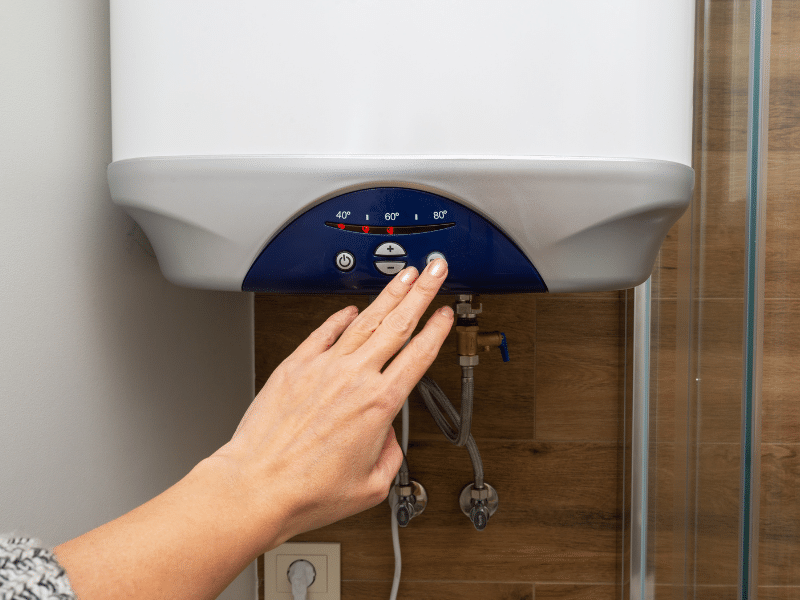Flush Water Heater for Optimal Performance
Water heater flushing is crucial for the efficiency and longevity of your hot water tank. It involves draining the water tank and then running cold water through it to flush all the sediment.
Water contains dissolved minerals and impurities, and upon heating, these minerals harden and form sediment that settles at the bottom of the water tank. The higher the concentration of minerals in your water supply, the more quickly sediment will build up inside the tank. Sediment deposit is one of the most common reasons why water heaters fail. So, flushing the water heater is an essential maintenance task that should be performed annually to keep your water heater performing at peak levels.
Failure to flush the tank at regular intervals will allow a large amount of sediment buildup that can clog the drain valve when you try to flush it. It will take greater effort to clear it out. If water heater tank flushing does not figure on your maintenance checklist, here are some important reasons to add it to the list now:
Improve Heating Speed
The more the sediment buildup on the bottom of the tank or on the electrodes of the water heater, the more difficult the heat transfer becomes. This means it takes much longer to heat water than it should. So you will not have sufficient hot water. A simple water heater flush can solve this problem.
Leaks
If the water heater is not flushed for a long time, it can cause damage to the tank. The sediment buildup can cause hot spots that can warp the metal and cause leaks in the water heater tank. Once this happens, you will have to replace the water heater.
Quieter operation
If you hear banging or knocking noises whenever your water heater is heating. This most often happens in older water heaters. These noises are a result of sediment buildup. When the unit is heating, it generates air bubbles that rise to the top of the water heater tank. When floating up, these bubbles can disturb the sediment, causing it to bang against the walls of the tank. This creates a banging noise. The moment you hear these noises, you should have your water heater flushed. Regular flushing can prevent this problem from occurring.
Thickened energy expenditure
Once you flush your water heater tank, it will work more efficiently. It will heat water faster and consume less energy in doing so. This will help bring down your utility bills. Regular tank flushing can help save money in other ways as well. It reduces the risk of breakdowns and the need for repairs.
Improve the life expectancy of the water heater.
Failure to flush your water heater regularly can reduce the lifespan of your unit. Most water heaters are built to last over a decade. However, if they are made to work harder due to sediment buildup, it will not last as long, and you will have to replace the unit much sooner. This can prove very expensive. Something as simple as tank flushing can significantly improve your water heater’s efficiency and life expectancy.
How Often Should You Flush Water Heater?
Flushing your water heater tank is generally recommended once a year, but this can vary depending on the amount of sediment buildup. If you notice a significant amount of sediment each time you flush, you might need to increase the frequency to prevent potential damage and maintain efficiency. Observing the sediment output is a practical way to gauge this need. Additionally, consulting a qualified plumber can provide a more accurate assessment of how often your specific water heater should be flushed, ensuring optimal performance and longevity.
If you are looking for a reliable partner to take care of all your water heater issues and ensure that it’s in top working condition, get in touch with our team now. Whether your water heater needs scheduled maintenance or emergency repairs, we have it covered.




